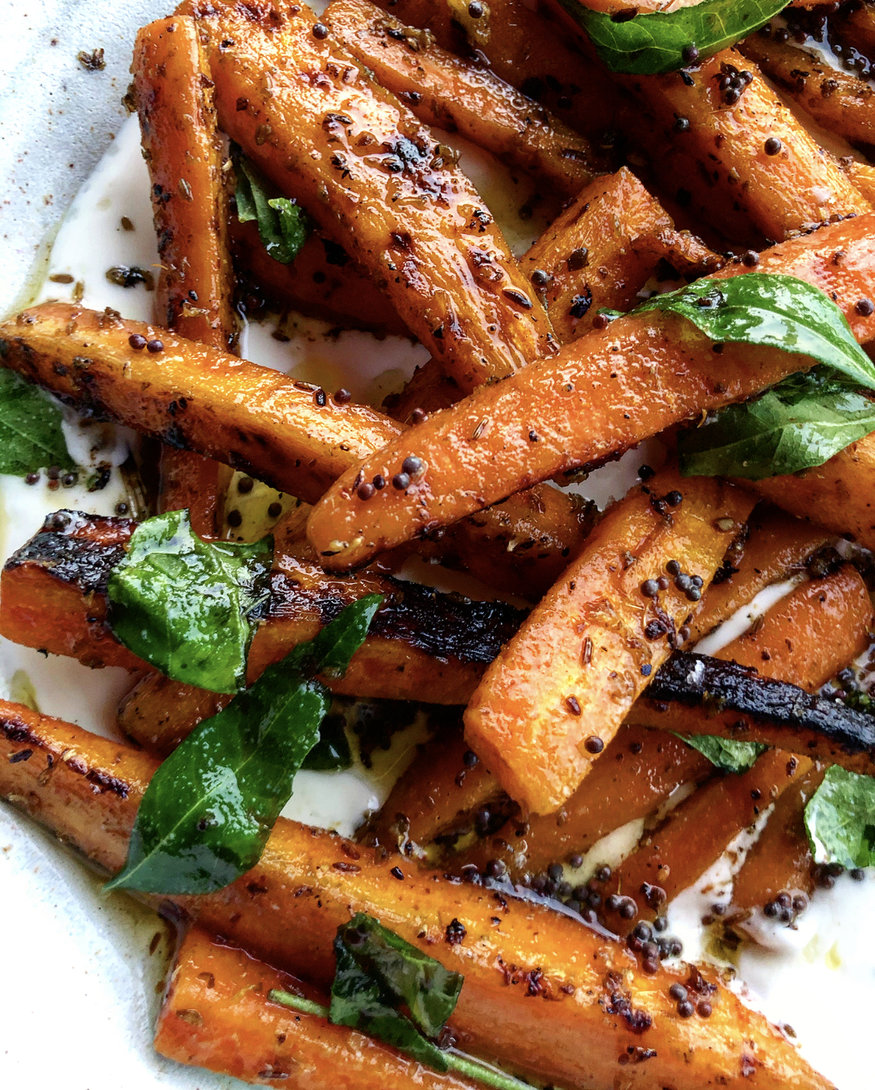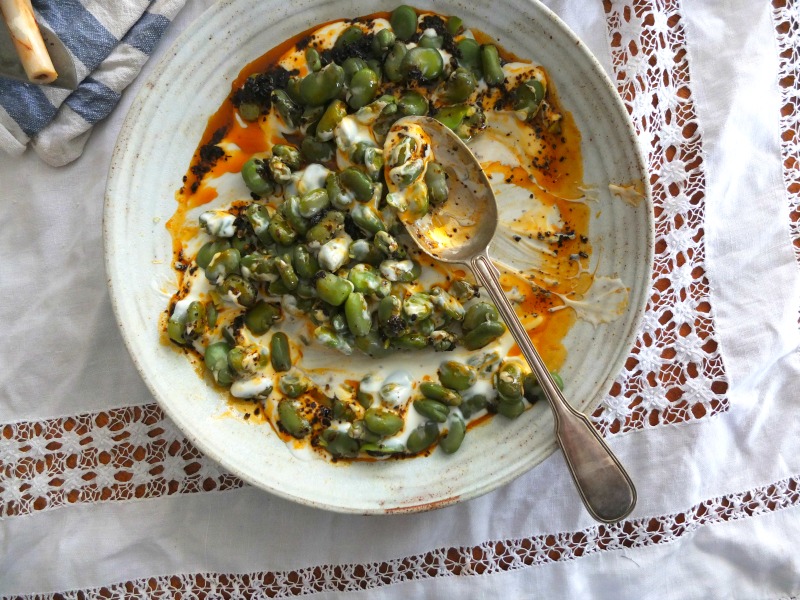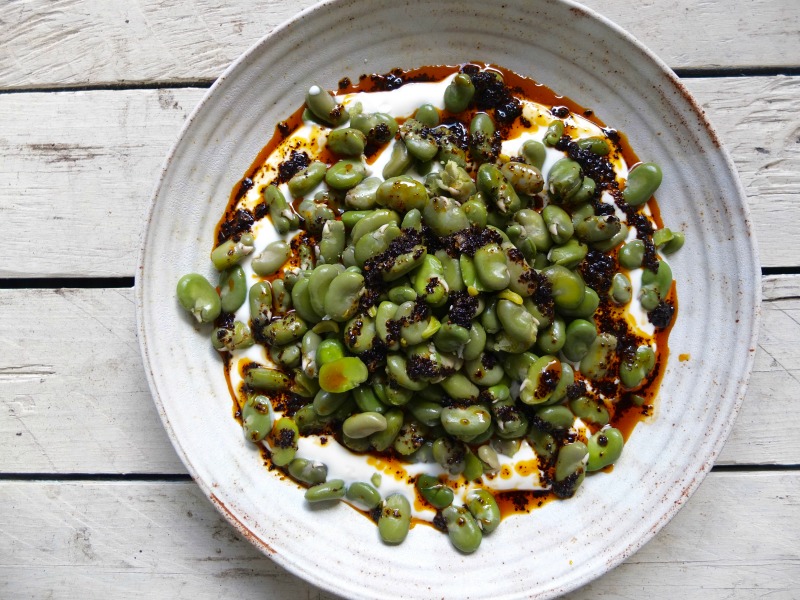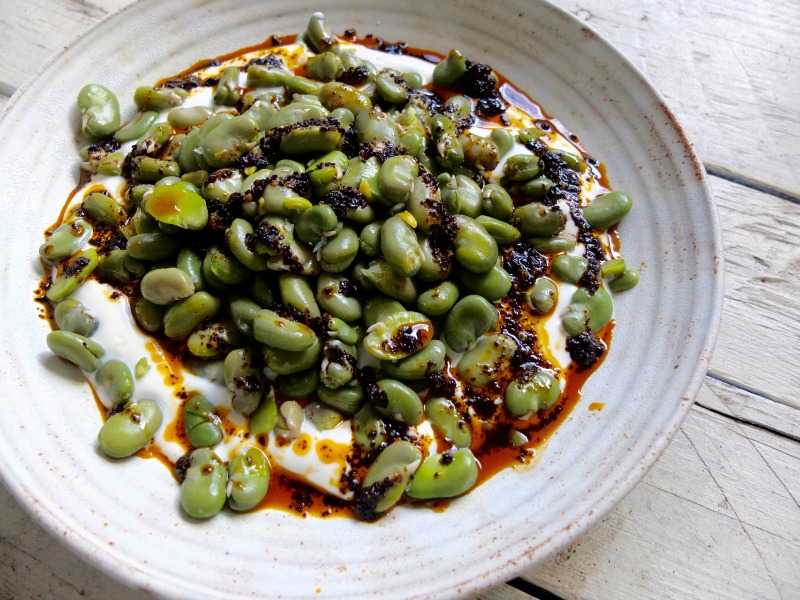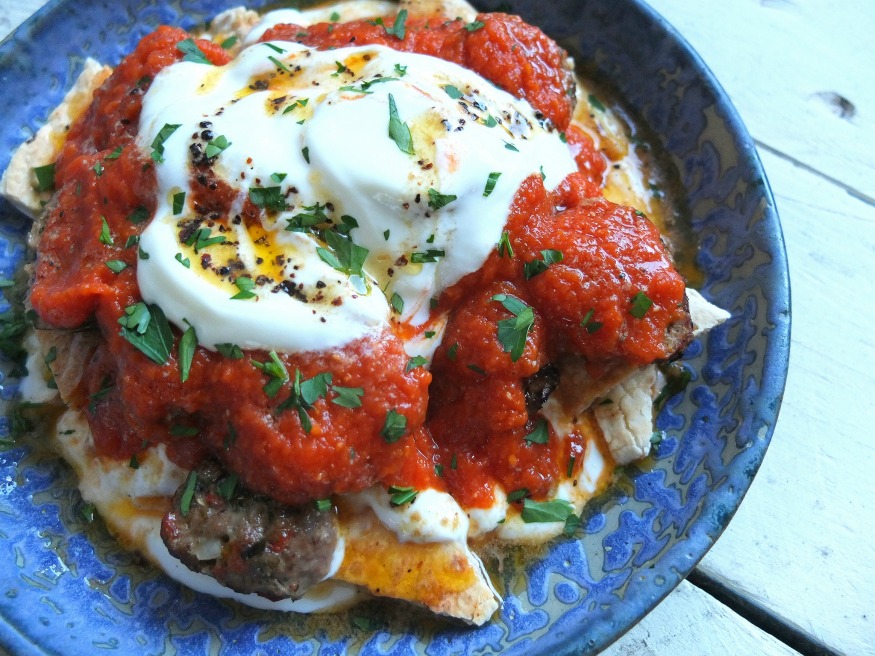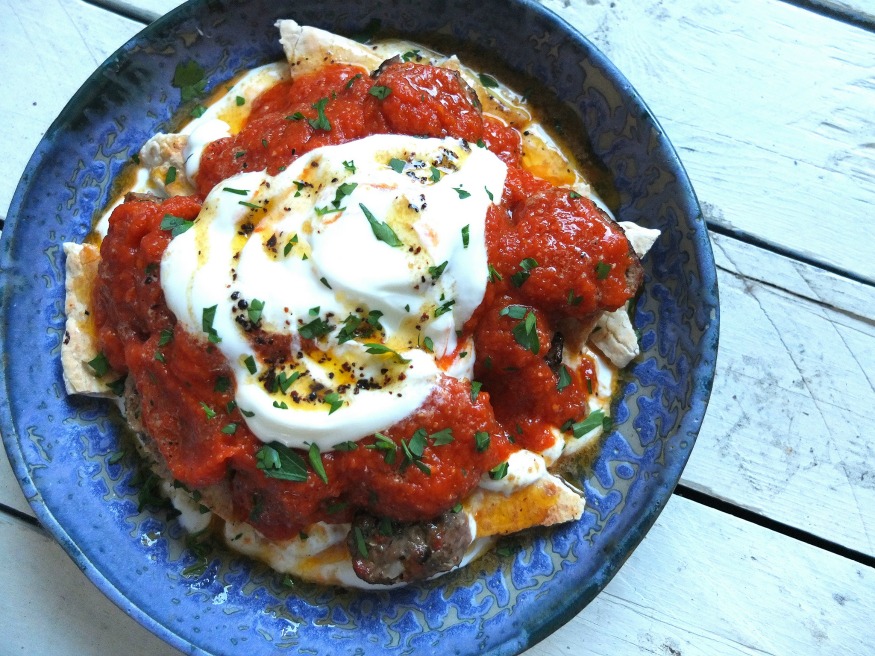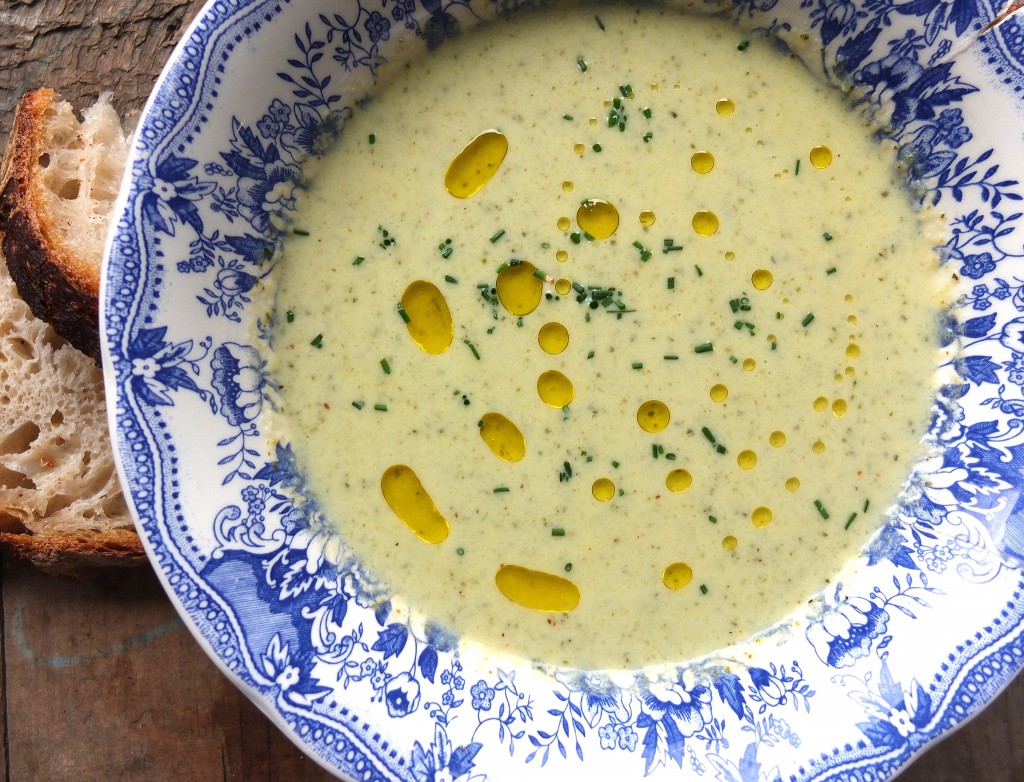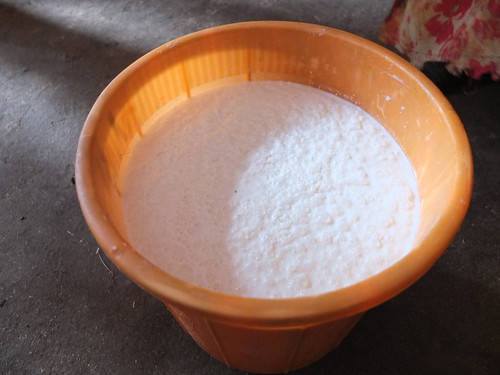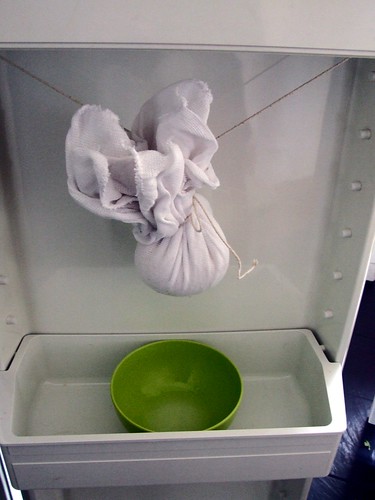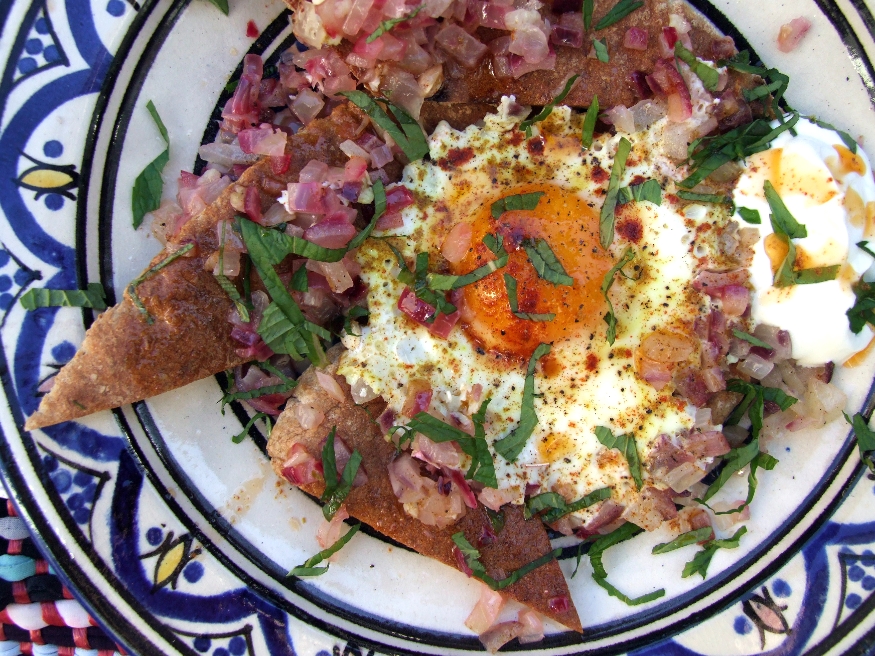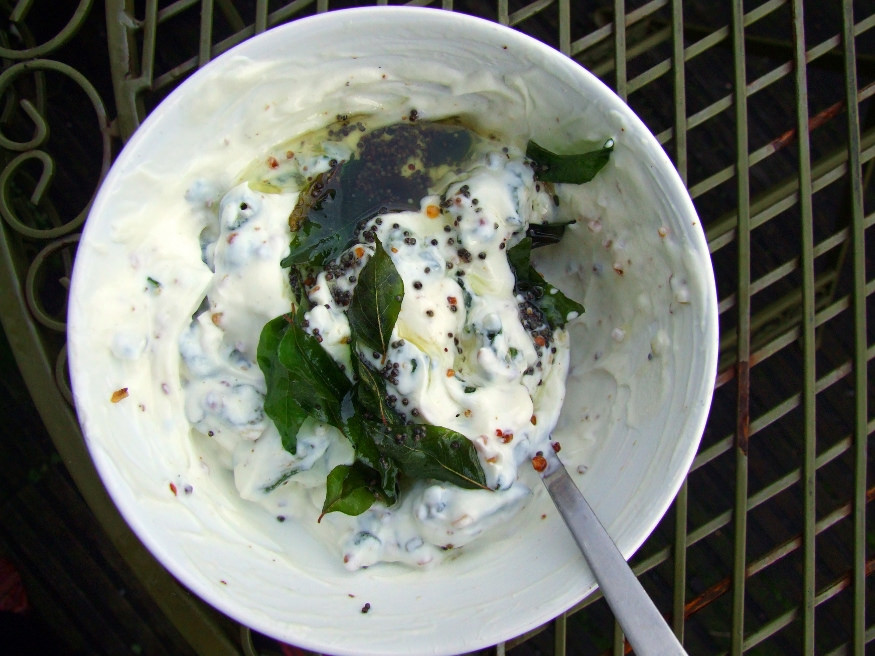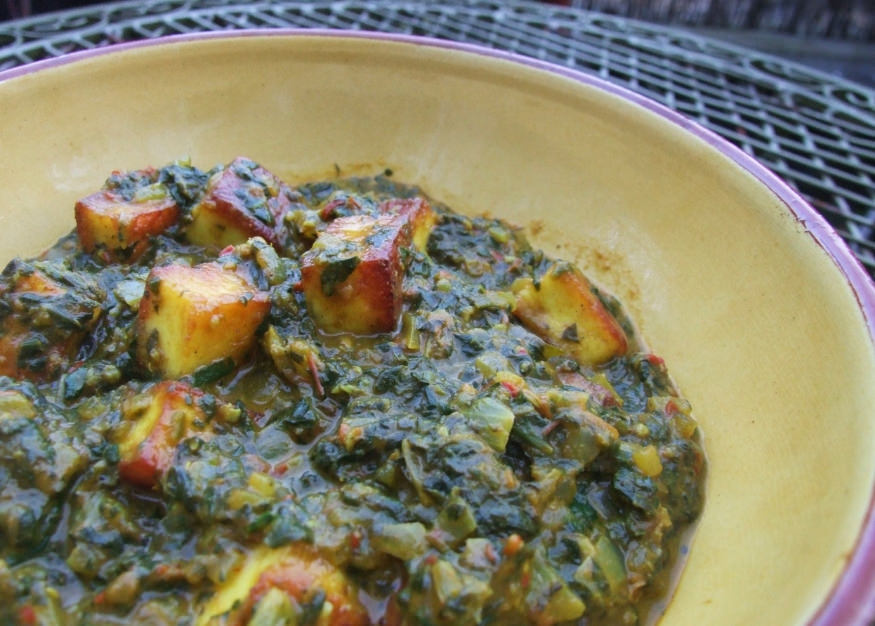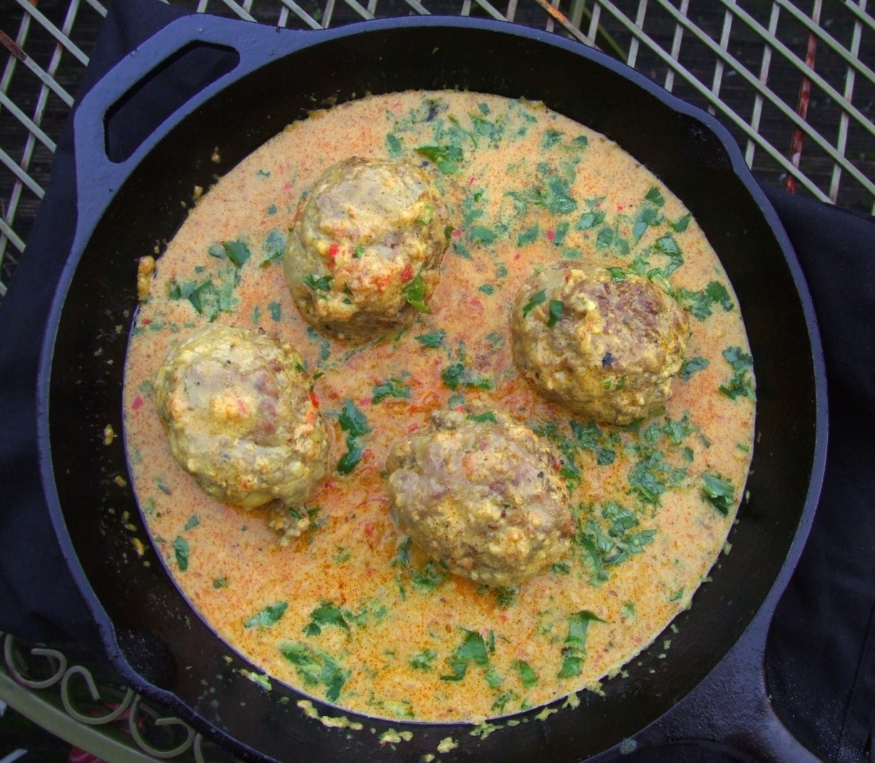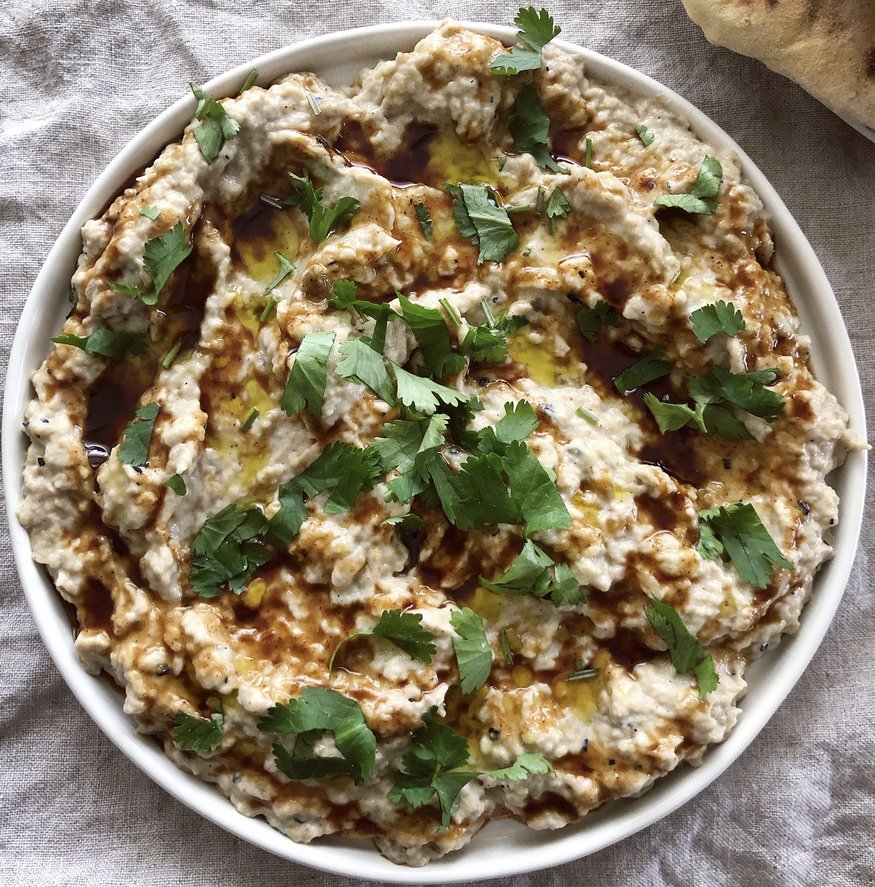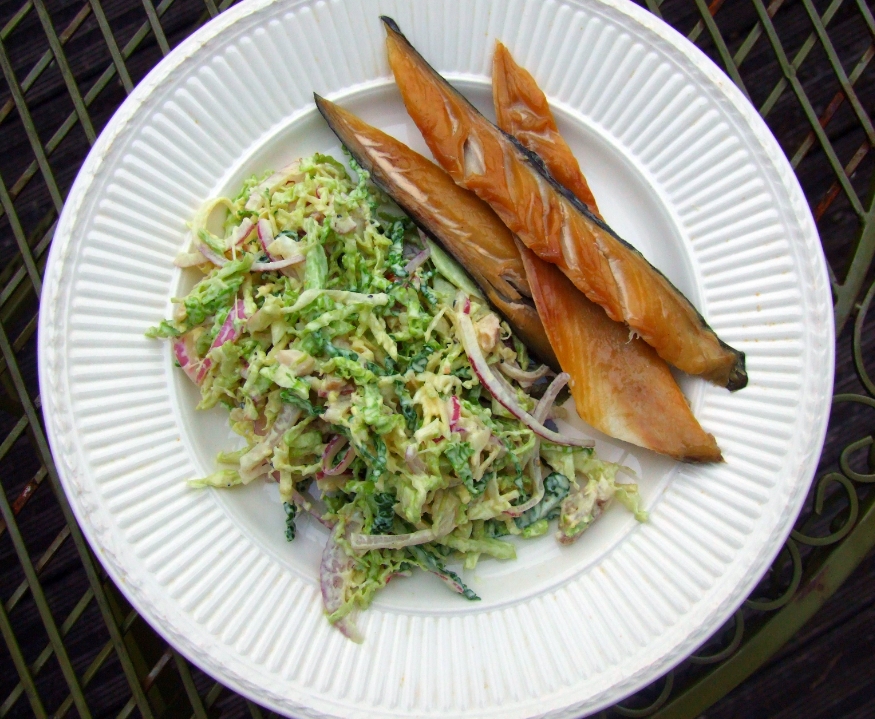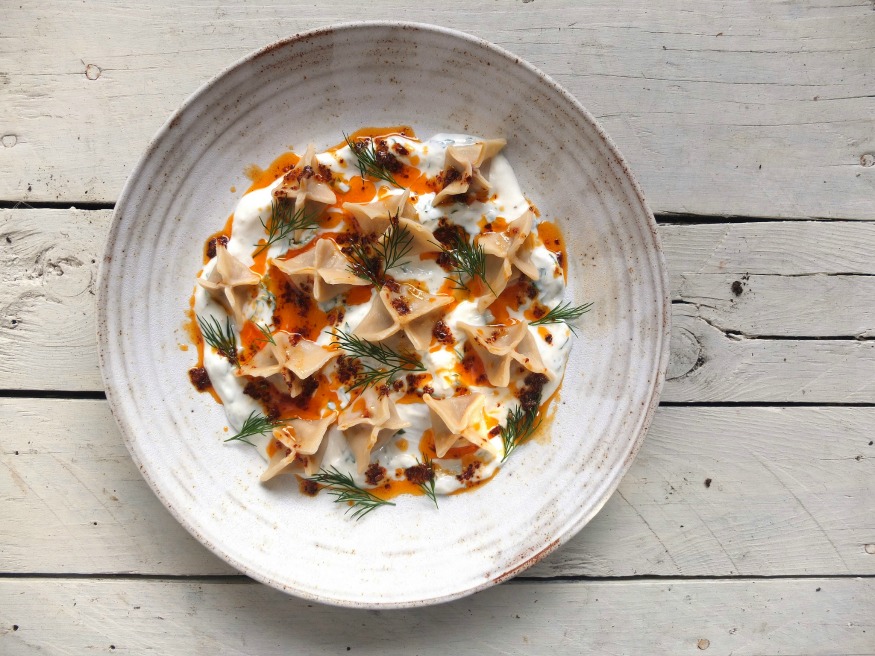
My first dish of manti was a crushing disappointment. I’d developed an interest in Turkish food and was determined, on a visit to Istanbul, to tick off as many experiences as possible – always a guaranteed route to spoiling the fun. I’ve learned over the years that while planning is all well and good, you need to allow for a certain amount of spontaneity when travelling, otherwise it just turns into an exercise in box-ticking. You may as well walk around with your eyes closed.
The manti happened because we were hopelessly lost in some back street – a really steep, cobbled lane which we trudged along in the early afternoon sun, moaning and bickering because we wanted nothing more than an ice cold beer and a plate of something really, authentically Turkish. Once the flip-flops on my newly exposed feet had rubbed the skin raw and our t-shirts clung to our backs we’d had enough and ducked into the next pleasant-enough looking restaurant.
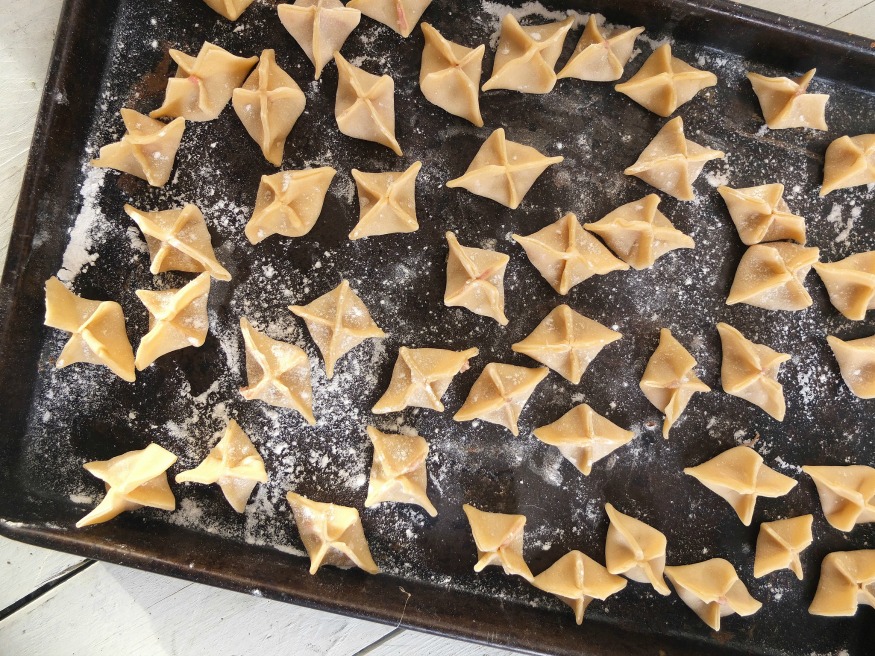
The walls were covered in colourful mosaic tiles and the staff were young and spoke English – not exactly the ‘little old lady rolling yufka’ experience I’d been hankering after but hey, when did jumping to conclusions ever get me anywhere? Also: cold beer. We saw manti on the menu and I was thrilled at the opportunity to tick something off the list. My first, real manti experience was incoming.
They were multicoloured, these dumplings (a warning sign if ever I’ve seen one), and were as bland as flour and water can be. A bowl of flabby pouches in plain yoghurt, underseasoned and sorry for themselves. I’d never tasted manti before, but I knew they had to be more than this, because as a cook, I’m able to read a list of ingredients and have a pretty good idea what the final dish is going to taste like. That was the first thing we ate in Istanbul.
Thankfully, there were many better meals that holiday but actually, no better manti. I’ve had fantastic mantu (Afghani cousins) in Adelaide, glorious khinkali in Georgia and many other dumplings around the world, but no good manti. Even those I’ve eaten in the UK have been a different style entirely, such as the marvellous beetroot and feta version at Queen’s, almost a sort of hybrid dumpling, with various whispers of Eastern Europe and the Caucasus muddling in.
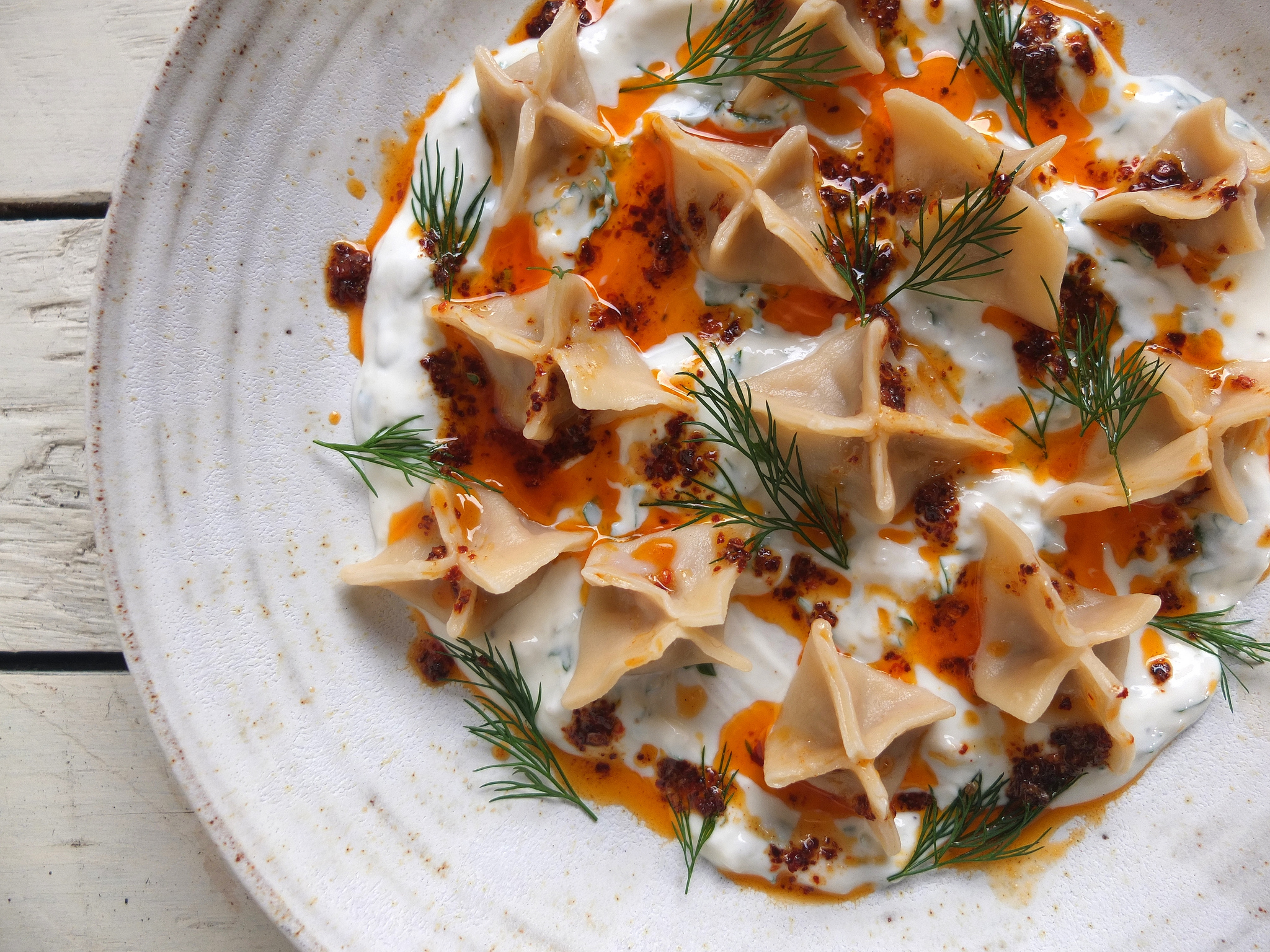
I wanted to start then, by making the very traditional Turkish lamb manti, little folded parcels containing minced meat, topped with garlic yoghurt and spiced butter. I was absolutely convinced I’d mess this up but actually they were fairly easy and I did a little dance around the kitchen when they came out exactly as I wanted them, the first time around. These are the dumplings I’d expected that day in Istanbul. The dumplings of my dreams.
Manti with Lamb, Garlic Yoghurt and Spiced Butter
This will serve 4 people in portions a little larger than the one in the photos. They’re pretty filling, to be honest.
For the dough
225 plain flour (plus extra for dusting)
1 egg
2 teaspoons olive oil
100ml cold water
Pinch salt
For the filling
150g minced lamb
½ medium onion, grated
½ teaspoon ground cumin
Pinch ground cinnamon
For the garlic yoghurt
3 cloves garlic, peeled
250g natural yoghurt (full fat, obviously)
Small handful parsley leaves
For the spiced butter
50g butter
¼ teaspoon paprika (make sure your paprika is fresh – in my experience, it’s the spice that most easily loses pungency)
1 teaspoon pul biber flakes (Turkish chilli/Aleppo pepper)
To serve
Dill
To make the dough, sift the flour and salt into a bowl, then make a well in the middle. Add the egg and olive oil and mix briefly. Add the water a bit at a time until it comes together into a dough. It shouldn’t be sticky. You might not need all the water, and I’d be surprised if you need more but flour is funny stuff – don’t worry too much. Knead on a lightly floured surface for 5 minutes or so until smooth and elastic. Divide into 4 pieces. Cover with a damp tea towel and leave for 20 minutes.
While this is happening, mix the lamb, onion, spices and some salt and pepper in a bowl, using your hands.
On a lightly floured surface, roll out one piece at a time to a width of around 2mm. This is easiest with one of those skinny rolling pins, like this (available online or in Turkish shops). Cut the dough into squares. It’s up to you but about 4cm square worked for me.
Place a blob of filling in the centre of each square, approximately the size of a chickpea. Fold opposite ends inwards and pinch together, then set the manti down, push the filling inside (it will have popped up a little) and fold the other sides to form a cross shape. This sounds complicated but is obvious once you have a go (otherwise: Youtube). Set aside on a flour-dusted tray.
Make the yoghurt by simmering the garlic cloves in boiling water for 1 minute, then draining, crushing and mixing with the yoghurt, parsley and a pinch of salt.
Make the butter by melting it and adding the spices. Heat gently, taking care not to burn it.
Cook the manti in boiling salted water for 3 minutes. Arrange on the plate with yoghurt and spiced butter. Add some dill fronds if you like. Serve immediately.
